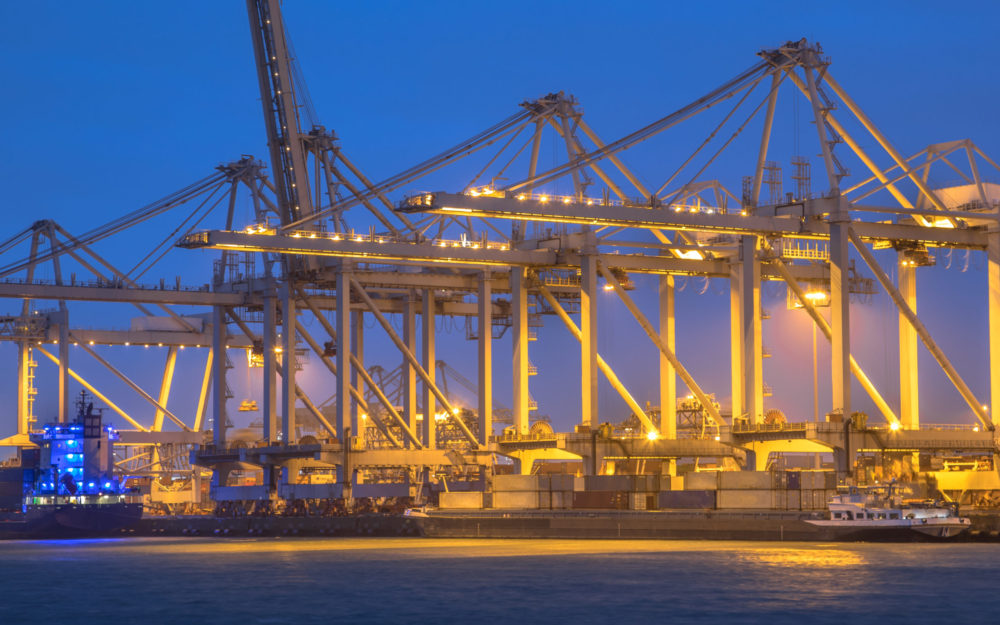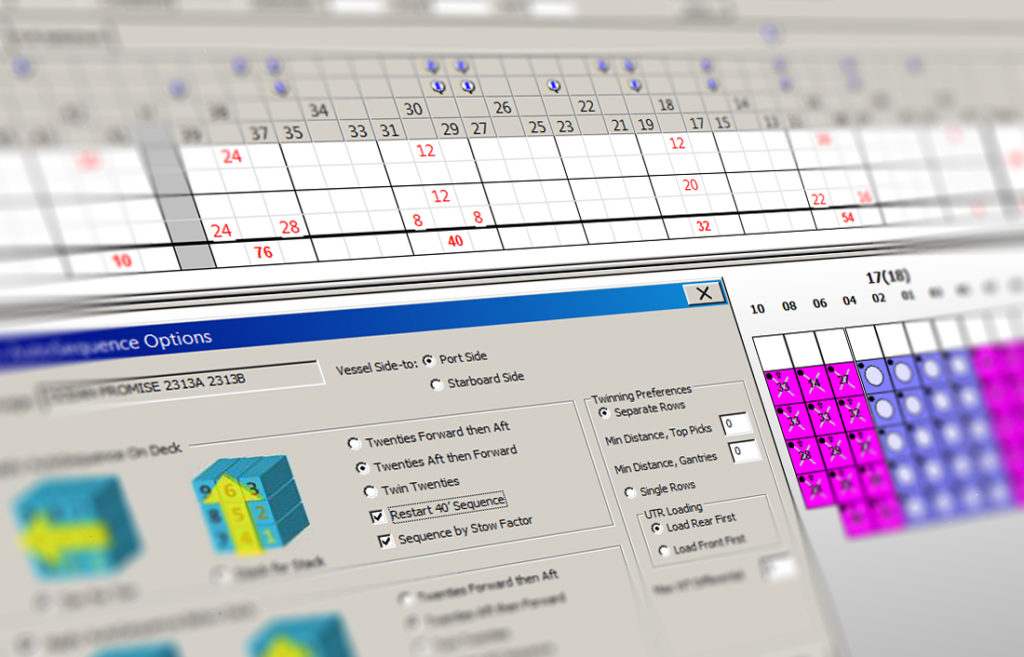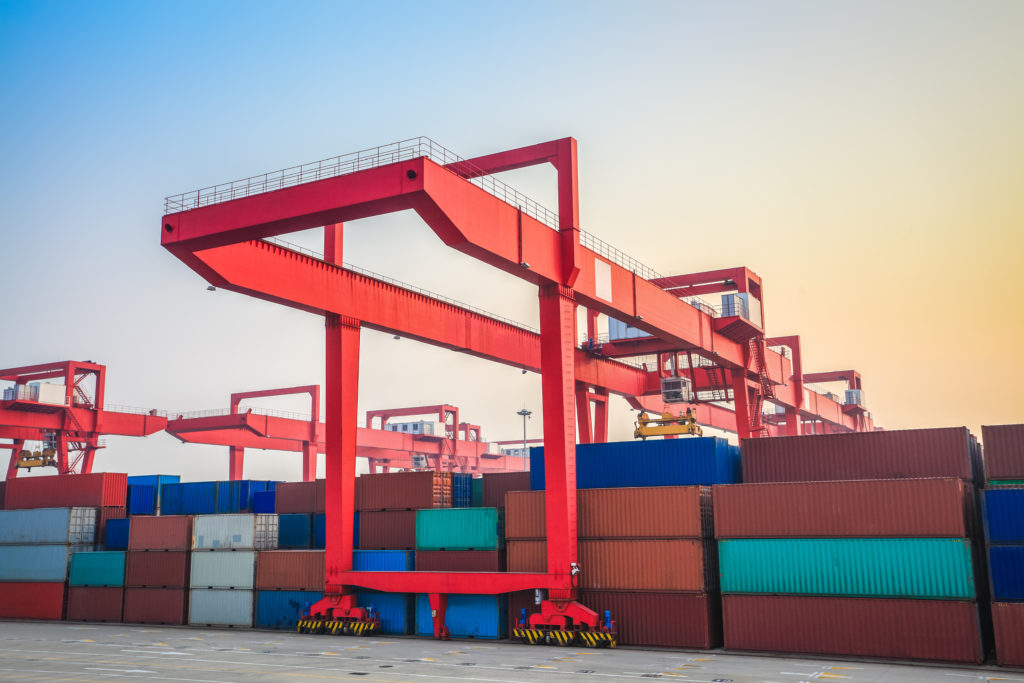
Imagine you’re planning a dinner party. Figuring out how much food you’ll need to prepare should be a simple matter. But what if you don’t know where the party will be held, what you’ll be serving, or even how many guests will attend? Suddenly the challenge becomes almost insurmountable. How can you solve a problem if you don’t know anything about it?
Of course, we’re talking about terminal operations. Efficiently managing the complexities found in most terminals is infinitely more challenging than a dinner party. And yet, we frequently find ourselves making critical business decisions based on hunches instead of hard data.
Business intelligence, or BI, has risen to prominence in recent years as a comprehensive solution to the problem of opaque business systems. BI technologies allow enterprises to collect vast amounts of data from across the entirety of their operations in order to understand how every action and every decision can influence efficiency and profitability. This involves data mining, data preparation, and data analytics, driven by powerful, connected software.
Tideworks Technology’s Insight data platform allows terminal operators to access deep, real-time, and historical data about their operation — from the vessel, into the yard, through the gate, and beyond. You can choose the granularity of your view. Zoom in from overall operations down to specific quay crane moves, and even particular equipment operators. With Insight, data is rendered instantly actionable. Make better, data-driven decisions that have immediate positive effects on the bottom line.
Download our Manzanillo International Terminal (MIT) Case Study to explore how Tideworks implemented Insight at MIT to dramatically improve data accuracy and eliminate needless redundancy in reporting.
Taking Advantage of Your Data to Create Powerful BI Strategies

Most terminal operators are already tracking data. They’ve likely compiled a few key performance indicators (KPIs) that they keep an eye on as an indication of the health of their terminal. KPIs are certainly important, but their usefulness is limited when you don’t understand the more granular processes that drive those metrics.
As an example, most terminal operators measure turn times. This single metric, if it’s trending down, can indicate problems in the terminal. But it can’t tell you what the problems are. Poor turn-times could be driven by a host of issues. Without an optimized data platform and business intelligence solution, finding the problem can be a wasteful guessing game.
A better strategy is to collect all the data points related to turn times and then correlate them with the real-time changes. Terminal operators might gather information about behaviors at critical points, gate throughput levels, gate clerk efficiency, and relative yard congestion levels, and look for patterns, where certain events coincide with lower turn times.
With Insight, this data is available in real-time and it can be compared to historical data gathered over any time period. Finding inefficiencies and operational problems is significantly easier when you are able to leverage data from across the applications at your terminal.
Responsive BI Strategies Require Flexible Data
Many TOS packages on the market today offer some level of BI integration. However, they’re frequently rigid, constraining the metrics that can be tracked and restricting how that data can be accessed and manipulated.
Tideworks Insight takes a different approach. Not only is data available out of your TOS, but we’re providing a flexible data platform allowing terminal operators to create robust data strategies without the need for a data engineering team.
This keeps data flexibility centered where it needs to be, with those involved in the day-to-day management of the terminal. Metrics important to a terminal’s unique characteristics can be monitored and tracked easily.
This allows the creation of informed KPIs, based not on imagined ideals, but on the real actions and behaviors of the terminal. Data strategies that are based on informed KPIs and supported by real-time measurement of the underlying factors that drive them are the most effective for powering business growth and the development of new opportunities.
What This Process Looks Like in the Real World

To get a better sense of how real-time data can drive measurable results for your terminal it will be helpful to examine a few stock metrics that any TOS should provide. When we gain a deeper understanding of the underlying mechanics that drive these metrics for a given terminal operation we’ll see just how powerful data can be.
Gate Peaks
We talked about turn times earlier. One obvious factor that can affect this metric is gate volume, both globally and by particular transaction types. And each gate transaction type itself may have a number of factors that influence it.
In tracking the data, you might find that Wednesdays are particularly bad for turn times, which correlates with Wednesdays being the last free day for a particular vessel service. This means a large volume of trucks entering the terminal, causing congestion and lengthening turn times.
You might then fix your Wednesday slow down by incentivizing truckers to pick up their imports earlier.
Delving more granularly into the data you might discover that one of your larger BCOs has a specific pick-up behavior that differs substantially from the others. By examining your gate transaction counts and charting when they’re happening and who’s triggering them you might be able to reorganize your yard to better serve larger BCOs.
Download our Manzanillo International Terminal (MIT) Case Study to explore how Tideworks implemented Insight at MIT to dramatically improve data accuracy and eliminate needless redundancy in reporting.
Quay Crane and Berth Moves/Hour
Many terminals are contractually obligated to hit certain vessel productivity benchmarks. It’s simple to track your current moves per hour, but it’s substantially more difficult to fix deficient rates without a full understanding of the situation, and this can cause problems with customers.
Imagine that you notice quay crane moves are dropping, and a dock foreman reports there are UTR shortages causing the hook to hang. By tracking key indicators like both yard and quay crane moves per hour as well as the number of UTRs queuing in a particular yard block you may discover terminal congestion that you weren’t previously aware of.
You could then dynamically reorganize where containers are being sent to keep all of your quay cranes operating at a rate that achieves their optimal move per hour KPI.
Berth Utilization
This represents a terminal’s berth occupancy rates. Higher rates are better, but if you’re not tracking utilization granularly, drilling down to specific days of the week at specific times, you run the risk of inefficient scheduling. This can have real consequences if it prevents you from honoring contractually obligated berth windows.
Delving into the data provides useful specifics. You might have a 40% overall utilization rate, but an uneven distribution across the week. On Wednesdays and Thursdays, you could see 85% utilization but only 15% on Saturdays. Knowing this will help you confidently take on new business more efficiently, without sacrificing service levels to current customers.
Rate of Unproductive Vs. Productive Moves
Productive moves are revenue-generating moves. Unproductive moves (yard re-handles, “shifts”) are those that require time and resources but do not generate revenue for the terminal. It can be very useful to track the percentage of each and correlate them with other data points to try and reduce unnecessary moves.
You might find that it makes sense under certain circumstances to operate at a reduced efficiency instead of making housekeeping moves that don’t generate revenue. In the end, these unproductive moves may cost you more than what you’ll lose from slightly reduced operational efficiency. But you can’t find these patterns if you aren’t tracking the data.

As discussed earlier, you can’t solve a problem if you don’t understand it. Without the ability to visualize the basic relationships that underlie the issue you may not even know the proper questions to ask.
Insight fills the gaps in your knowledge, creating transparency in complicated terminal systems. Creative solutions are possible when the curtain is pulled back to reveal the true inner workings of your terminal.
More importantly, with real-time data, it’s possible to gauge the effectiveness of a given solution quickly and switch strategies if necessary. This creates a responsive feedback loop that drives rapid gains in efficiency and offers actionable insights into expanding business opportunities.
To gain a deeper appreciation for how the Tideworks Insight data platform can benefit your terminal, take a look at this case study, which provides a potent picture of Insight in action.
Data-Driven Decision Making Webinar
The Data-Backed Keys to Unlocking Innovative Improvements in Your Terminal 
Struggling with complex data challenges that don’t align with your business and leave you wondering where you can really improve your operations? Having a robust data platform will empower your operations team to make innovative enhancements to your terminal you can observe in real-time.
In this webinar we will explore the following:
- Why and how leveraging data analytics promotes and sustains the virtuous cycle of innovation
- How to implement a data analytics solution successfully
